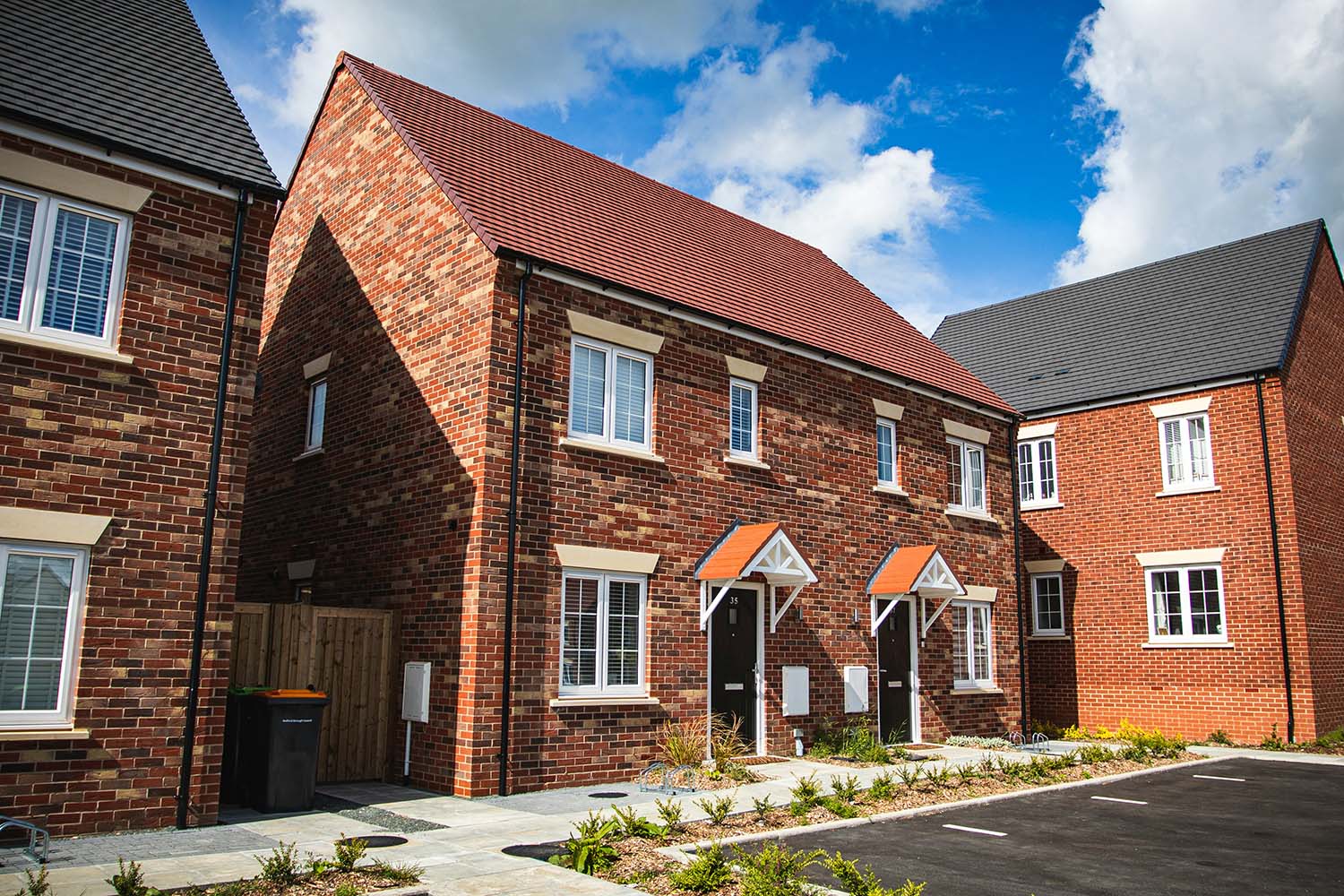Self Build Mortgages & Development Finance
Lee Oliver (CeMAP)
Lee Oliver (CeMAP)
Building your own home is one of life’s most exciting journeys — but securing the right funding can feel complex. That’s where Lee Oliver comes in. Based in Kent and supporting clients across London, the South East, and the UK, Lee is a leading self build mortgage broker & Development Finance at Trinity Finance.
He specialises in arranging self build mortgages, Development Finance, stage payment mortgages, and custom build mortgages — guiding clients through the process from start to finish.

With over 10 years’ experience in the mortgage and property finance industry, Lee has built a reputation as a trusted advisor for self builders & Property developers. He understands the challenges unique to building your own home — from securing planning permission to budgeting for staged payments.
Lee also supports clients with custom build projects, helping them access the right funding whether it’s a traditional build, modern modular construction or a large development. As part of the award-winning Trinity Finance team, Lee combines personal service with the strength of an FCA-regulated, directly authorised brokerage.


Gareth Nicholl
Simon and Shara decided to sell their existing property and take on an exciting self-build project – converting a derelict barn into their dream home in Cambridgeshire. They spotted an advert for an old barn that came with land and planning permission, and moved forward with the opportunity.
They appointed a developer who provided a full service, operating under two companies – one for architectural and design work, and another for the building and structural engineering. This meant the same team managed the project end-to-end, from design through to construction.
From the start, Simon and Shara showed excellent organisation. They prepared a clear and concise schedule of works along with a detailed cost breakdown for the build. This documentation was approved and signed off by the builders, and supported with an invoice that matched the figures exactly. Having this level of preparation made it much easier to deal with lenders and provided confidence in the viability of the project.
Even so, challenges arose. The barn was originally designed as single-skin with studded walls, which can sometimes be acceptable, but in this case the valuer issued a nil valuation. That meant funds couldn’t be released to proceed with the purchase until the design was amended to a double-skin construction. This change satisfied the lender’s criteria but added an unexpected cost to the project. With careful adjustments to the funding plan, we ensured Simon and Shara could cover the extra cost and still get the property over the line.
Funding was structured carefully to support the build. Simon and Shara sold their previous property, which provided the equity needed to move forward. They also secured funding for the build costs through a staged release facility. This meant the lender released funds in stages as work was completed. At each stage, a valuer was sent out to confirm progress before the next tranche of money was released, allowing the project to move forward step by step. Importantly, the clients also set aside a healthy contingency fund to cover unexpected costs, which proved invaluable in keeping the build on track.
Throughout the process, Simon in particular found the stresses of self-building difficult to manage. We acted as a sounding board and guide, helping him navigate each hurdle and maintain confidence in the project. Although Simon and Shara carried out a lot of the work themselves, the developer completed all of the major engineering and construction tasks.
The result is a beautiful bungalow conversion with extensive land – the perfect home for Simon, Shara, their daughter, and their dog. They even documented their journey on TikTok, building a following around their project.
The property has now passed building regulations approval, and we are awaiting warranty sign-off before remortgaging with a mainstream lender. This step is crucial, as it ensures Simon and Shara can access better rates and a wider choice of products.
Key Learnings
Simon and Shara’s project shows that while self-build journeys can be stressful, the right preparation, financing strategy, and guidance can turn a derelict structure into a dream home – one that meets both the client’s lifestyle goals and the requirements of mainstream lenders.
David is one of my most enthusiastic clients with a long term goal of becoming a portfolio landlord. When he first came to me, he only had one property but had the ambition to build many more.
He found a low cost property with big potential. In this case the Home Report had it down as being worth more than what he paid for it, so he managed to buy under value which shows that these kinds of deals are out there if you know where to look. On top of that, because the purchase price was so low, he didn’t have to pay the extra stamp duty which gave him a strong start on the project.
The purchase wasn’t straightforward though. The title had been taken over by a company that had only owned it for a short time which caused legal complications and the solicitor was asking questions that weren’t easy to answer. At times the vendor was getting impatient and threatened to pull out, which meant I had to step in, liaise with the estate agent, and use a steady, reasoned approach to keep the deal together. David also bought the property through an SPV limited company, which for him was the right call as it separates business and personal finances and helps set up properly for building a portfolio.
I’m not a legal specialist, but I do support my clients through every step. In this case I kept close contact with the solicitor, spoke to the lender, and made sure everyone was kept in the loop until the deal got over the line.
On the finance side I set up a bridging loan which made the purchase possible. Other brokers had turned him away because of the low value and poor condition, but I showed the lender his background as a qualified joiner, his network of trades, and his funds to complete the work. In David’s case we set it up on a serviced basis, meaning he paid the interest monthly himself. For some people that’s the best option as it gives you more money from the loan upfront. For others, rolling the interest into the loan can work better as it speeds things up and you don’t need to prove income, but you get less cash out at the beginning. It really depends on what suits the client.
When David finally got the keys the property was an absolute mess, probably worse than he expected. With dedication and the help of people he trusted, he managed to fully renovate it in just three months. He fitted a new kitchen, a new bathroom, re plastered the walls, put in new doors, new flooring, and basically turned it into a completely different house.
After the work was done, the property doubled in value. We refinanced it, got back his deposit and most of the refurb costs, which freed up money for his next projects. Renovating to a high standard can add big value, but you’ve got to be realistic. If the property doesn’t hit the value you expect then you risk not getting your money back, or making so little that the project wasn’t worth the effort.
Since then I’ve helped David with more purchases and he’s now well on the way to building the portfolio he’s been dreaming of.
Key Takeaways
David’s project shows that with the right finance, persistence, and guidance, even the most challenging properties can be transformed into valuable long term investments that help build towards a larger portfolio.
For more insights, see: Do you pay stamp duty on a self build? and Serviced plots for easier self builds.
When you work with Lee, you get a clear, step-by-step journey:
A mortgage releasing funds in stages as the property is built, rather than as a lump sum.
Most lenders require 20–25%. Read our full guide.
Yes — the land value can count toward your deposit. Learn more.
Typically 6–12 weeks, depending on planning and lender requirements.
Lee helps structure a contingency buffer and works with lenders who allow flexibility.
If you’re planning a self build, don’t leave your funding to chance. Lee Oliver is here to help you secure the right mortgage and guide you every step of the way.